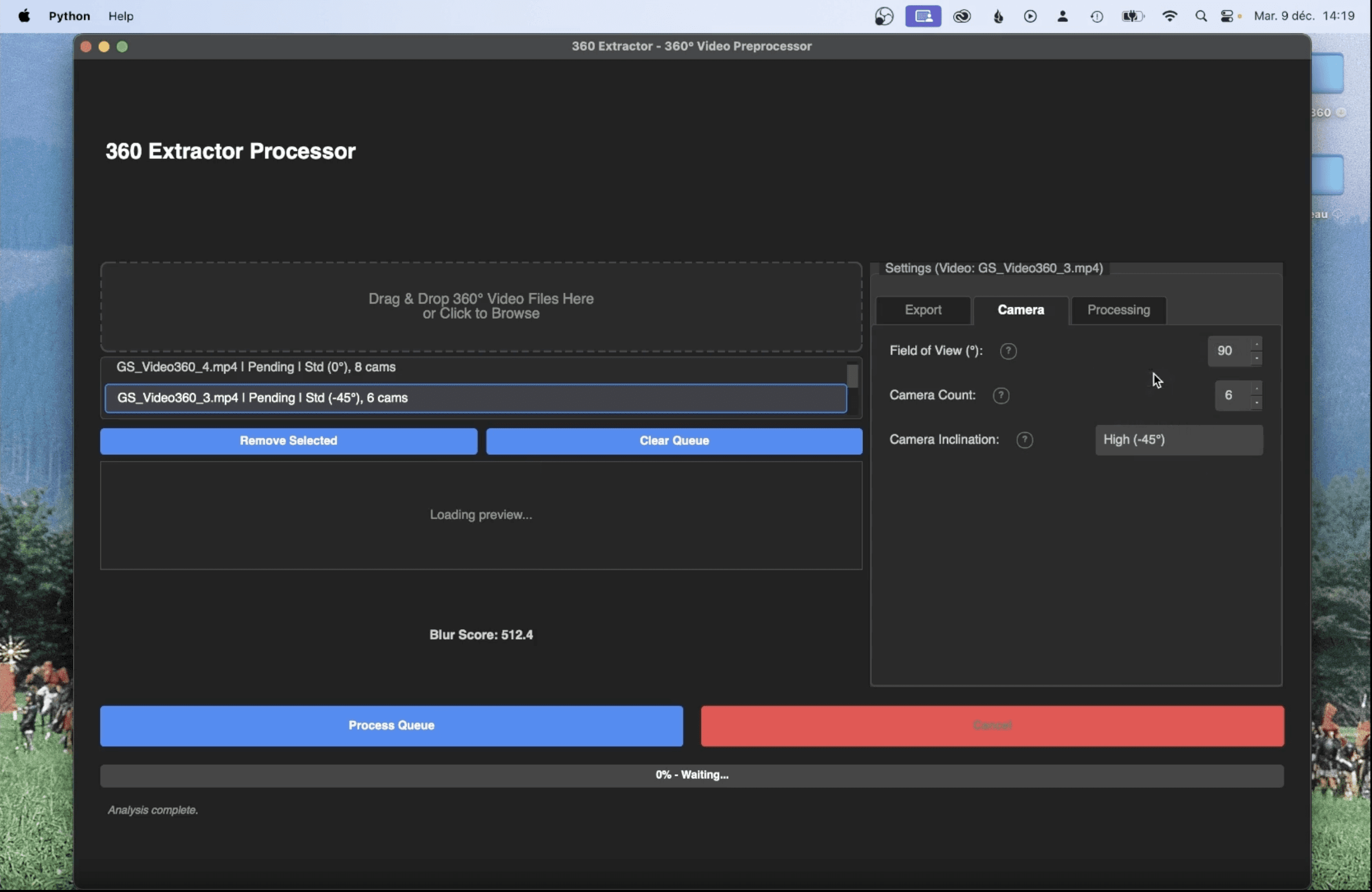

Michael Rubloff
Nov 19, 2025
The Polys Immersive Awards has emerged as one of the few places where creators working in Gaussian splatting and volumetric experimentation can be celebrated on their own terms. This week, the organization opened submissions for the 2025 edition of Splat of the Year, a category created to recognize the exceptional craft, inventiveness, and expressiveness behind modern splats. The award is open to works built from the radiance field method, gaussian splatting reconstructions and displayed inside immersive environments.
The Polys has positioned the award as both a showcase and a barometer of the medium’s progress. For the 2025 cycle, any splat created this calendar year is eligible. Entrants submit their work by uploading it to Arrival Space, the WebXR native gallery platform that has become a fixture in this category, then providing a direct link, thumbnail, and short description to The Polys through the official form.
The only real requirement is that the piece runs smoothly inside Arrival’s viewer, particularly in VR, though desktop support remains perfectly acceptable. Arrival Space has a powerful render engine, so it's likely even large scale scenes should be completely fine. The organization encourages creators to treat their entry as a complete experience rather than a static asset, something that can be walked around, examined, and interpreted in a spatial context.
Once the submission window closes on December 31, the contest begins its public phase. Arrival.Space will host semifinal hubs where viewers can explore each splat directly inside the browser. Over several weeks in January, audience engagement helps determine which pieces advance to the finalist stage. From there, the formal Polys jury evaluates the remaining work and selects the winner, with the announcement set for the March 22, 2026 ceremony.
The category is still relatively new, but it has already produced a few notable moments. One of last year's standout finalists, Biel/Bienne: OldTown by Benoît Perrin, captured an entire Swiss quarter, showing how gaussian splatting can bring people to corners of the world.
In the broader Polys 2024 awards, PlayCanvas’ SuperSplat editor, took home Innovator of the Year, underscoring how rapidly splat based tooling is influencing WebXR pipelines.
For creators working in radiance field representations, the contest lands at the right moment. Gaussian splatting has gone from research curiosity to everyday creative instrument in a few short years, and the community is still discovering what makes a great splat: fidelity, style, composition, story, and increasingly, how the capture is situated within a fully navigable space. I am personally looking forward to exploring people's submissions.
Submissions remain open through the end of the year.







